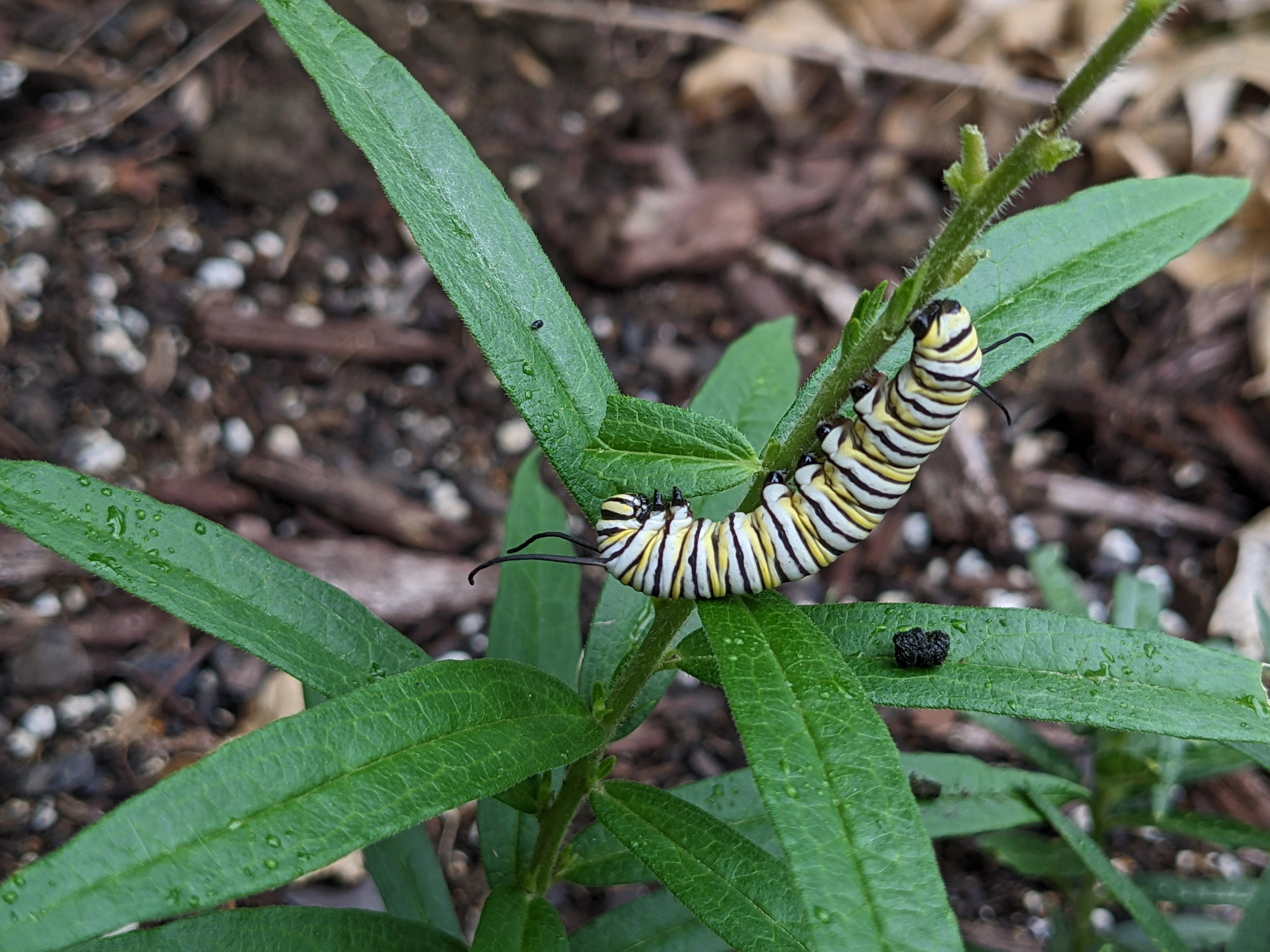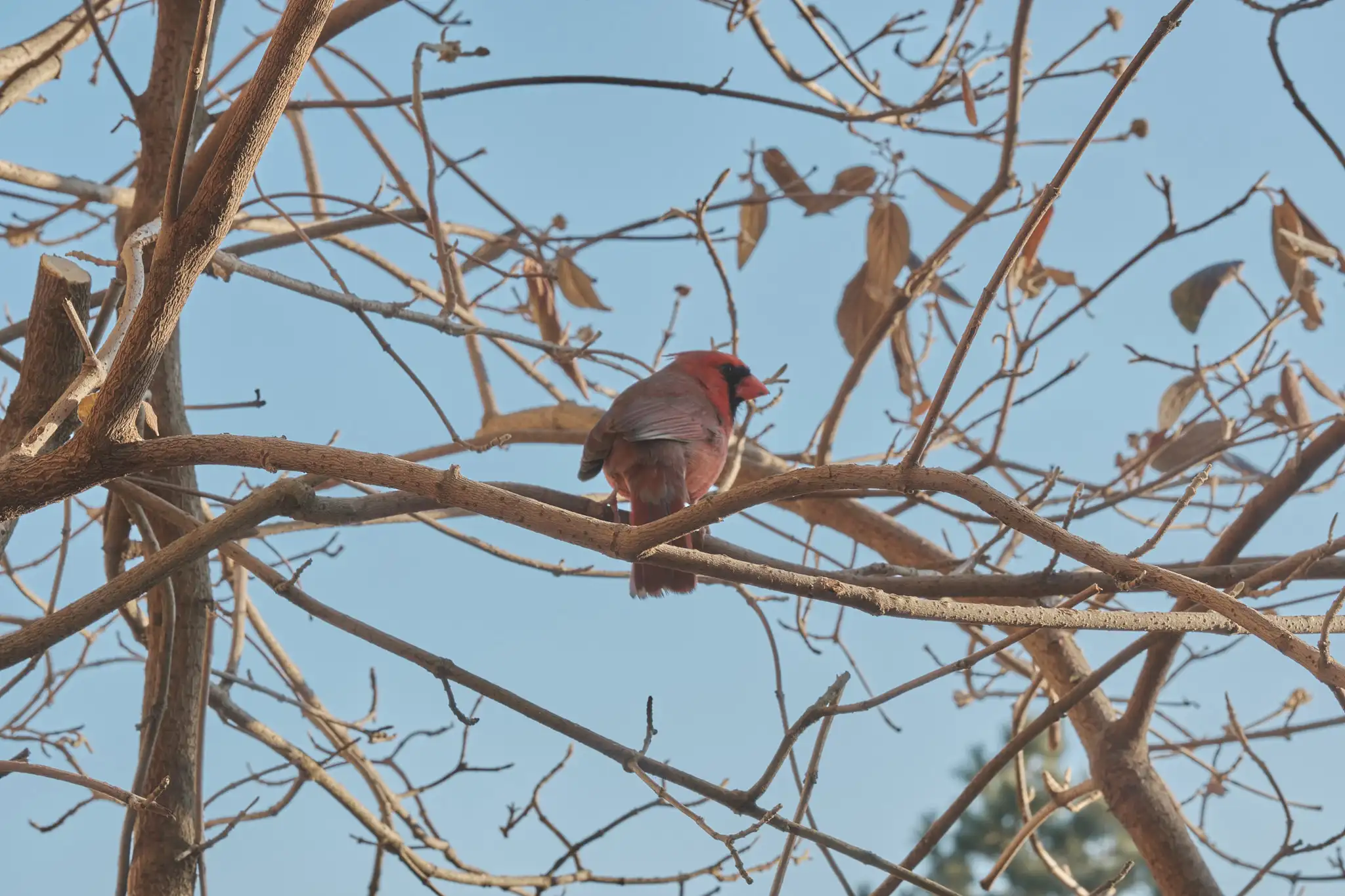Biden says global warming topping 1.5 degrees in the next 10 to 20 years is scarier than nuclear war
Where I'm at, we're actually getting a decent amount of solar, but unfortunately the power district is building the solar fields over some remnant tallgrass prairie, probably since it's cheaper than buying agricultural or residential land. This sucks since we've destroyed 98% of all the tallgrass prairie in the US, which makes it one of the most endangered biomes in the world, which is extra sucky since tallgrass prairie is one the most effective biomes at sequestering carbon, much more than even forests/woodlands.
We've got a vegetable garden going with tomatoes, pepper, kale, cabbage, onions, and eggplants.
Also got a new pollinator garden bed started this year with Butterfly milkweed, a few different species of aster, sunflowers, blanket flower, rattlesnake master, goldenrod, purple prairie clover, Mexican hat coneflower, and some blazing star. Also scattered some sage and prairie clover seeds in a few other spots on our property. I've been sitting out documenting the various wasps and bees that visit us. We're also planning on harvesting seeds from stuff and giving them away/starting plants from them next spring to give away.
Got some logs from our neighbors that I'll drill some holes in for the mason bees.
We've got some old furniture that we don't want anymore that I'm trying to touch up a bit before giving it away to a local charity that gives people coming out of the foster system stuff like furniture and appliances to help them land on their feet.
In my experience, with both coding and natural sciences, a slightly incorrect answer that you attempt to apply, realize is wrong in some way during initial testing/analysis, then you tweak until it's correct, is very useful, especially compared to not receiving any answer or being ridiculed by internet randos.
My path to becoming interested in native plant gardening probably started with me getting interested in mycology. I got super interested in the ecology of fungi and how they interact with the environment/ecosystem, which eventually got me thinking more about how other things like plants interact with the natural world around them, which led me to bring interested in native plants since they're integral to the local ecosystem.
This is hypothesized as to how they began, but back then they wouldn't have used turf grass, the just cut down the trees and kept vegetation low. It was an entirely tactical use though. Then it's believed that the concept at some point started morphing more into a sign of prestige and initially would have primarily consisted of low growing vegetation like thyme. Then of course eventually turf grass was introduced and the concept migrated around to various parts of the world. It was considered a sign of prestige since it was a lot of manual work and it generally meant you had to be able to afford a groundscrew to keep it consistently maintained. There was also the fact that you were showing people you didn't need to use your own land for food production.
Then some time in the mid-1800s, rudimentary push mowers were invented and it began to become more accessible. By the mid-1900s almost every new American housing development had a lawn since the technology had become advanced and accessible enough for any middle or working class family to maintain a lawn on their own. This was also influenced by marketing and suburbanization.
So while it is believed the concept of a "lawn" started as a tactical defense mechanism, the modern concept is more closely and directly related to the rich/nobility using them as a status symbol. IMO they're clearly still used as status symbols since it's exceptionally common for people to judge others for how pristine their turf grass lawn is maintained. I've even recently had someone mention to me that they know how to tell who the trash is in the neighborhood based on their lawn. I know they're also used for recreation, but that can even be considered as part of the status symbol aspect as a poor person might not have a lawn and would have to go to the park with the other lawnless riffraff for their recreation.
Another viable option isn't to completely convert lawn but just make one or a few native plant beds . If you aren't willing to give up the lawn completely, you could still convert smaller portions of it.
Also sneks aren't that bad.
Good job at least trying to do something. My current city and previous home city have finally started doing more native plantings and my current local city's uni has started up a significant prairie restoration project right outside the city. There are also a few small prairie restorations going on inside city limits mostly in the burbs where there's space but I can't seem to find out what org is running them.
NWF's Keystone Plants by Ecoregion - a great resource for selecting plants for your garden/habitat (North America focused)
Link - https://www.nwf.org/Garden-for-Wildlife/About/Native-Plants/keystone-plants-by-ecoregion
This is a great resource I've used in the past to help plan out plants I'd like to grow in my pollinator beds. It lists genera of plants that are known to support large numbers of pollinators and/or birds separated by North American ecoregions. Select your ecoregion to get a pdf with your local keystone genera. From there, pick out some species from those genera that you like and are native or near-native to you. I use BONAP (http://bonap.net/NAPA/Genus/Traditional/County) to help pick out species once I have genera I'm interested in.
Hope this helps!
The fact that it had no blood in it is a sign that it likely wasn't there long, so the odds of you obtaining a tick-borne disease are very low. A tick needs to be embedded for a decent length of time to really have any odds of spreading a disease (I've heard anywhere from 10-24 hours although this is likely affected by multiple factors), and even if embedded long enough, the odds are still pretty low.
Lyme disease is only carried by one genus of ticks that I'm aware of (Ixodes), so if you have a picture of the tick or remember what it looks like clearly enough, you can try to find out whether it was Ixodes or not. Even if it's not Ixodes, other ticks can carry other types of tick-borne disease (Rocky Mountain fever, Ehrlichiosis, etc).
The only thing to keep an eye out at this point is to see if symptoms form. The main things you're looking for are fever and/or rash/inflammation in the affected area. If you do get symptoms, it could also just be a regular infection, but nonetheless you should see a doctor and explain about the tick and when/where you might have gotten it. If there are symptoms, all that you'll have to do generally is to go through a round of anti-biotics if you catch it quickly enough (usually more severe complications don't start occuring til a couple weeks in).
I'm currently reading Crossroads of Twilight by Robert Jordan. It's a pretty rough experience so far; I've basically been reading it extremely slowly since it's boring af about 50% of the way so far. This is definitely the peak of the "slog" so far that other people who have read Wheel of Time mention.





